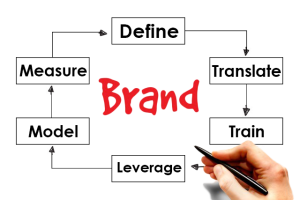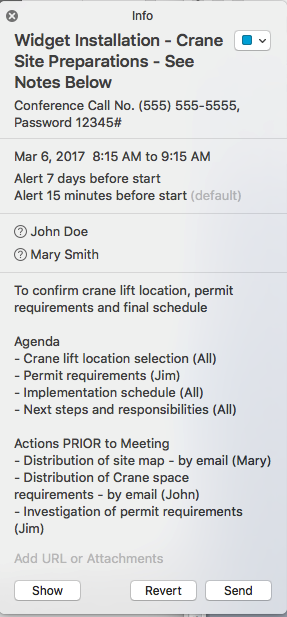In this blog series, we have been talking about steps that a service company can take to maintain a vibrant and effective program of engaging their field team in promoting their products and services. Like the equipment that we maintain for our customers, our own business promotion initiatives need regular maintenance to continue to run well. In this blog we will consider checking and updating spare parts.
Regardless of how good a job we do in maintaining our customers’ equipment, unexpected problems can happen. The key is to be prepared so that if a problem does occur, we can address it quickly with minimum expense and downtime. One of the ways we can prepare for the unexpected, is to have a back-up – in our case, recommended spares. Maintaining an inventory of spares is good practice and making sure it is accurate and current is an important part of the maintenance service we provide.
Ensuring Appropriate Backup Measures
The equivalent to spare parts for our business development initiative is having a backup process in place to deal with situations where our field team is either unable or unwilling to make proactive recommendations. For example, you may have members of your field team that are technically excellent, but find engaging in business development conversations with customers so uncomfortable that they will be reluctant to participate in the program, even if they recognize the service value. You don’t want to lose them but you know that if you push these individuals too hard they may feel forced to leave. At the same time, if the individual does not speak to the customer about the opportunities that they see, then the customer will lose out and the level of service will be compromised.
Plan for the Exceptions
In situations like this, it is best to have a back up plan so that the field professional can participate but not be subjected to the discomfort of the conversation. Our back up plan – or business development spare parts as it were – would be to provide these individuals with a way to communicate the opportunity to someone else within the organization who will follow up with the customer. This can easily be accommodated in both a manual or automated system and the back up could be someone from sales or management. The key is to have a clear process in place so that field service professionals can quickly communicate the opportunity to someone who will not drop the ball.
As you evaluate your process that supports the field service professional to make proactive recommendations to your customers, consider:
- Is there a clear pathway for the field team to communicate their recommendations to someone internally to follow up with the customer?
- Is it supported through your manual or automated processes?
- Do you have a feedback loop so that the field professional is kept informed on progress?
By taking these steps, you will ensure that everyone participates in the initiative and that all of your customers receive the same high level of service, regardless of who calls on them. Next time we will look at updating software to maintain currency.
Let’s Connect
As always, I welcome your comments and questions. You can connect with me via telephone or email or leave a comment right here on the site. If you are reading this blog post via email, you will need to locate this post on my website by clicking here. Scroll down to the bottom of the page where you will find the comment section.
Jim Baston
“The best time to plant a tree was 20 years ago.
The second best time is now.”
– Chinese Proverb
[1] This series of blogs is based on an article published for Field Service News – https://www.fieldservicenews.com













